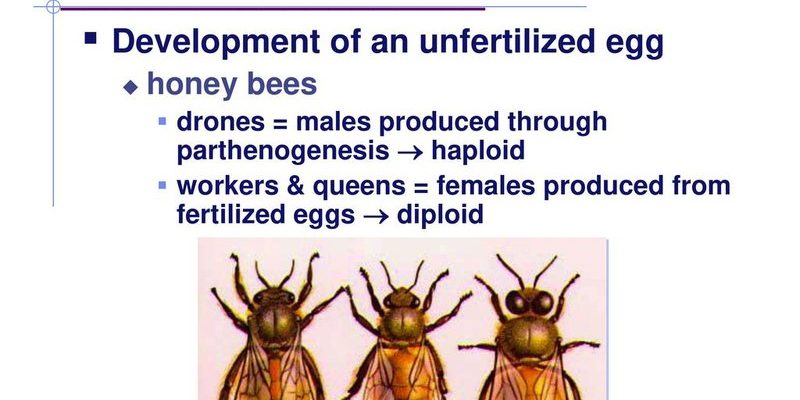
In this article, we’ll dig into the intimate details of enchytraeid reproduction, covering their mating habits, the journey of their eggs, and what life is like for their larvae. So, grab a coffee, and let’s take a closer look at these incredible little wiggly creatures!
The Mating Rituals of Enchytraeids
You might think that mating in the animal kingdom is straightforward, but enchytraeids have their unique ways of doing things. First off, they’re hermaphrodites, meaning each worm has both male and female reproductive organs. This is a clever adaptation because finding a mate can be tricky in the dark, damp world of soil.
During the mating process, two enchytraeids will come together and exchange sperm. Here’s where it gets interesting: After they mate, they can use that sperm to fertilize their own eggs later. It’s like having the best of both worlds—kind of like being able to order everything on the menu instead of choosing just one dish! They can mate multiple times, increasing genetic diversity in their offspring.
The actual mating doesn’t require a grand display or fanfare. Instead, it’s a simple and effective way of ensuring the survival of their species. These worms are often found in moist, rich environments, like compost heaps, where they thrive and reproduce freely. The after-party, so to speak, is all about laying eggs!
How Enchytraeid Eggs Are Laid
Once mating is complete, it’s time for the female enchytraeid to get down to business—laying eggs. But how does this process unfold? Well, enchytraeid eggs are quite small and typically found in clusters. A female can lay anywhere from five to a whopping twenty eggs at a time, depending on the species and environmental conditions.
The eggs are secreted into the soil and have a protective outer layer, which helps keep them safe from the elements and potential predators. Think of it as wrapping each egg in a tiny, cozy blanket. This protection is crucial because life underground can be quite hazardous, with bacteria and other organisms constantly on the lookout for a snack.
These eggs incubate in the soil for a few weeks, and during this time, the conditions must be just right—moisture and temperature play a vital role in the eggs’ development. If the soil is too dry or too cold, the eggs might not hatch, which can be a significant risk for the population. It’s another reminder of how important the environment is for these little critters.
The Journey of Enchytraeid Larvae
After the incubation period, the eggs hatch, and out emerge the larvae—the baby enchytraeids. Interestingly, the larvae look similar to adult enchytraeids but are much smaller and a bit less developed. They’re basically mini versions of their parents! At this stage, they’re quite delicate, so they need to find a safe spot in the soil to grow and mature.
Typically, larvae feed on organic matter in the soil, helping break it down just like their adult counterparts. This feeding habit is essential for the ecosystem’s health, as it recycles nutrients back into the soil. You might not see them often, but rest assured, they are hard at work behind the scenes!
As they grow, the larvae will undergo several molts, shedding their skin to make room for their expanding bodies. This transformation is critical because it allows them to keep pace with the availability of food and other environmental factors. Eventually, they will mature into adult enchytraeids and begin the cycle all over again.
Environmental Factors Influencing Reproduction
You might be wondering what kind of conditions enchytraeids need for successful reproduction. Like any good organisms, they thrive in balanced environments. They prefer moist habitats filled with organic matter. This moisture is vital not only for mating and laying eggs but also for the survival of the tiny larvae.
Here are some key factors that influence enchytraeid reproduction:
- Soil Moisture: Too little moisture can lead to failed egg hatching, while too much can drown the larvae.
- Temperature: Enchytraeids prefer moderate temperatures. Extreme heat or cold can disrupt their lifecycle.
- Food Availability: A rich supply of organic matter helps both adults and larvae thrive, making reproduction more successful.
Without these optimal conditions, the lifecycle of enchytraeids can be severely impacted, ultimately affecting the health of the soil ecosystem.
Importance of Enchytraeids in Ecosystems
You might be surprised to learn just how important enchytraeids are for our environment. They play a crucial role in soil health, contributing to nutrient cycling and helping decompose organic material. By breaking down plant matter and other organic debris, they enhance soil structure and fertility, making it easier for plants to grow.
Think of them as the unsung heroes of the soil! Without them, the land could become less fertile over time, leading to a host of problems for both plants and animals relying on that soil for sustenance. They also help aerate the soil, allowing water and air to reach deeper layers. This process is vital for maintaining a healthy ecosystem.
Moreover, enchytraeids serve as a food source for a variety of animals, including birds and other soil-dwelling creatures. Their presence in an ecosystem can even indicate soil health, which is something farmers and gardeners often pay attention to.
Final Thoughts on Enchytraeid Reproduction
Understanding the reproduction of enchytraeids opens up a whole new world of appreciation for these tiny, often overlooked organisms. They may not be the biggest players in the animal kingdom, but their impact is profound. From intricate mating rituals to the resilience of their larvae, enchytraeids demonstrate the delicate balance of life below our feet.
So next time you’re out walking in nature or gardening, take a moment to think about those little potworms digging away in the soil. They may be small, but they’re vital to the health of our planet. And now that you know more about their reproductive journey, you can appreciate their role even more!

